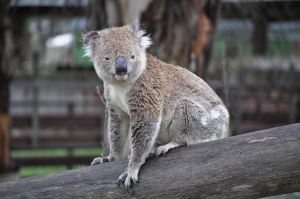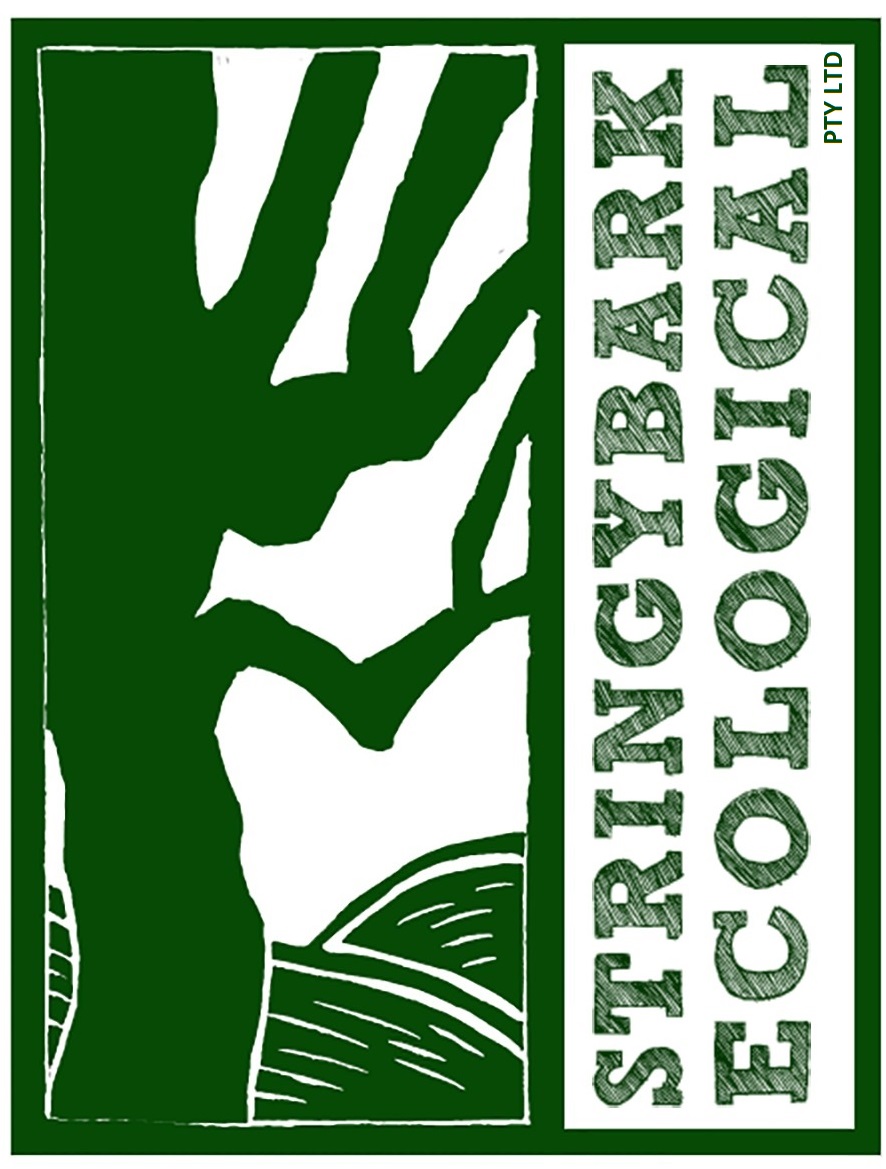Your cart is currently empty!
Cool Country Koala Project
Click on this link to view the final project report: Cool Country Koala South Final
How many koalas do we have left on the Northern Tablelands? It seems that no-one really knows. While they are now a threatened species in eastern Australia, we don’t really know if they are common or rare locally.
Northern Tablelands Local Land Services has commissioned two teams of researchers to find out more about local koalas. LLS can use this information to direct conservation efforts more effectively. Stringybark Ecological will be searching in three specific areas of the Tablelands for the next 6 months and we need your help!

If you live in the Armidale-Uralla, Walcha or Nowendoc areas, we would like to hear from you about any koalas on your property or in your district. We are trying to find out where there are healthy populations, what sort of bush they live in and what trees they eat. To find out where they are, we will be searching for scats (poo) and noting the vegetation community where they are found.
Any sightings we make will be added to the Atlas of Living Australia to build up a better picture of koala populations in these areas. A sighting recorded on your property won’t restrict your land management; but it will help to preserve this iconic Australian species.
Can you help us?
During September we will be conducting a series of workshops to show you how to find and record koalas. We would love to have you involved. You can help by:
- Signing up to attend a workshop,
- Allowing us to come on to your property to look for koalas (you can join us and we will show you how to spot scats, give you a tree species list and advise you on keeping your koalas healthy),
- Recording koala sightings directly to the Atlas of Living Australia (we’ll show you how at the workshops).
Contact me directly via the form below to register for a workshop or to arrange a koala search on your property. Alternatively you can contact your local LLS office.
David Carr (Stringybark Ecological).
This project is part of the $26.5 million of Catchment Action NSW investment that Local Land Services is delivering to enable better management of our water, soil, vegetation, biodiversity and cultural heritage.
This project is being delivered in partnership with JML Environmental Consultants and EcoGeoSpatial.
[Contact_Form_Builder id=”1″]
